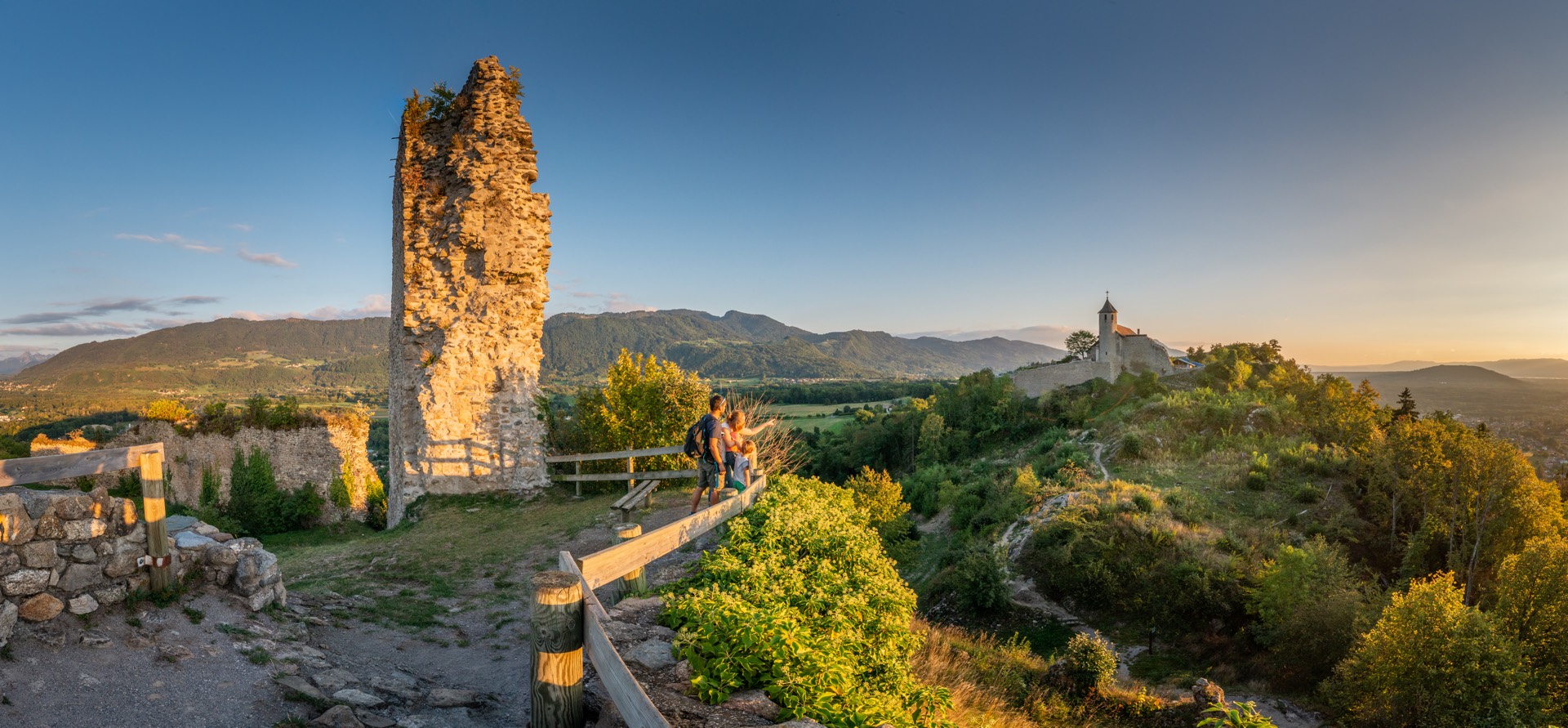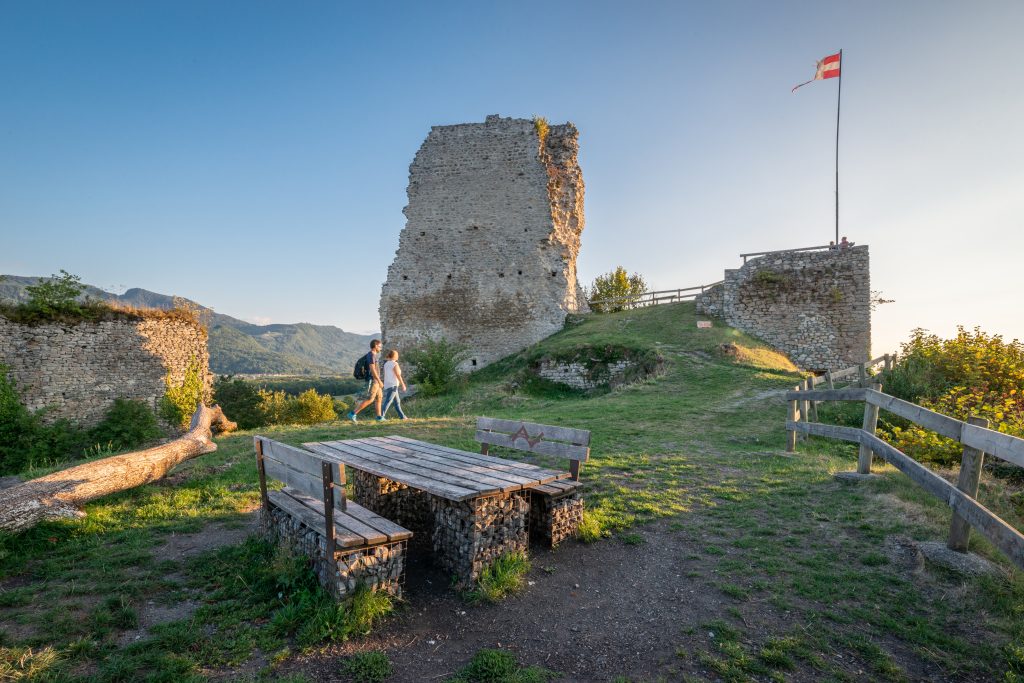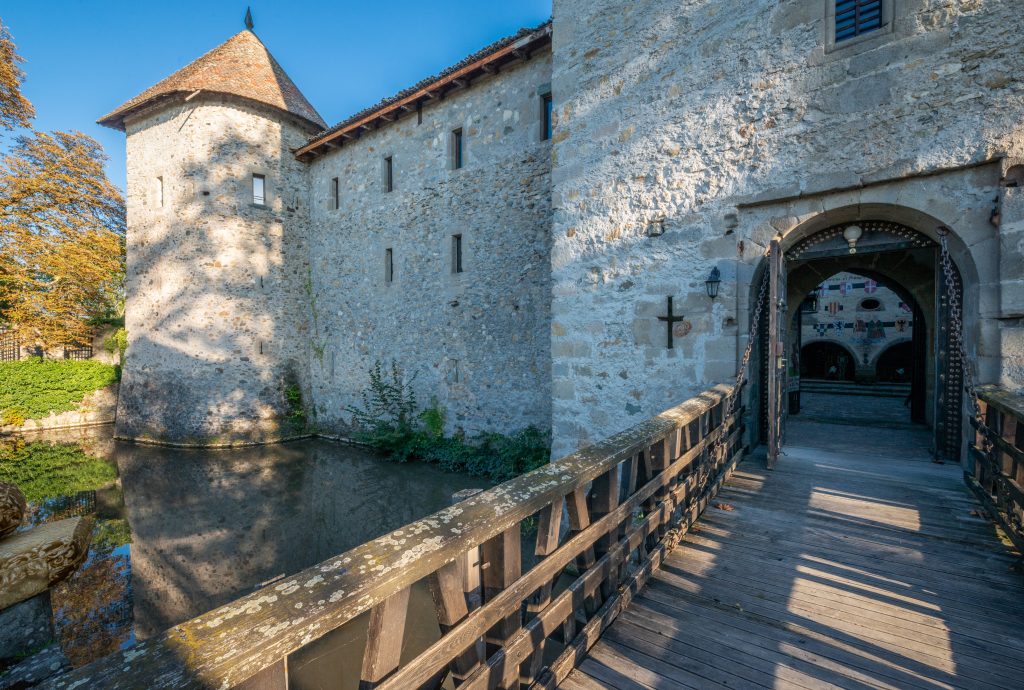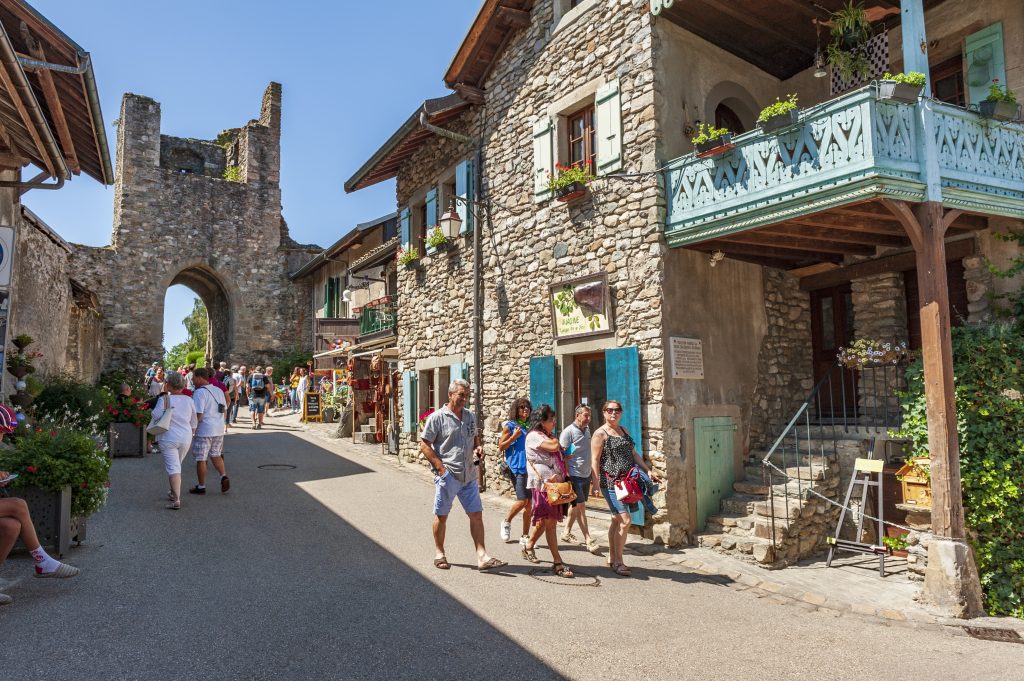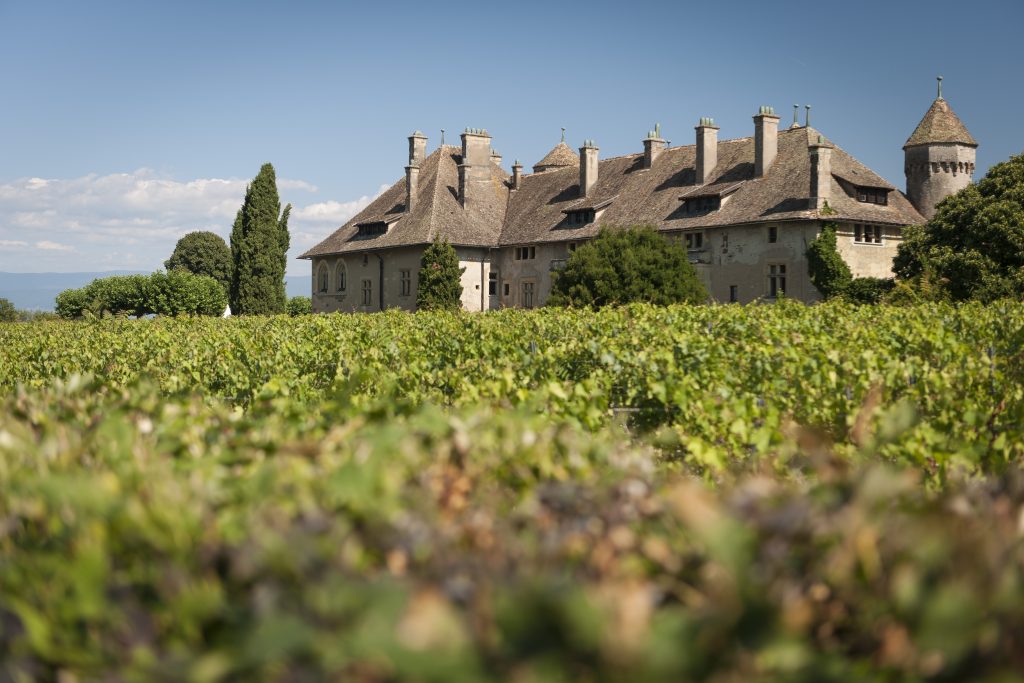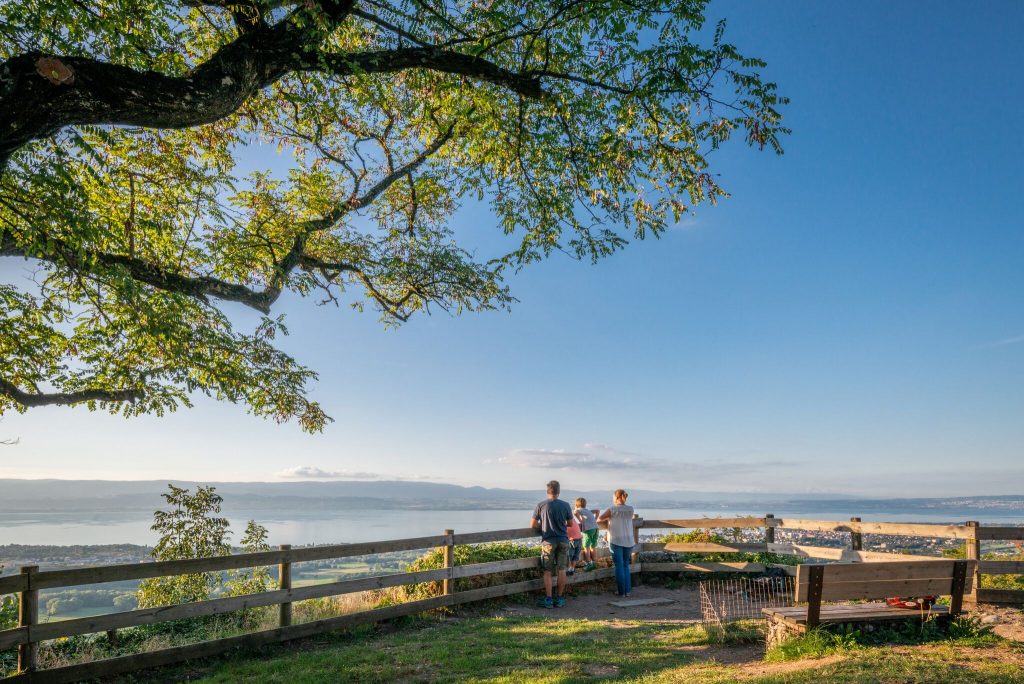Leman’s great regional dynasties emerged at the start of the 11th century, including the Lords of Faucigny, Counts of Geneva and Counts of Savoy. The story of the House of Savoy is well worth telling: “Between the 11th and 15th century, the House of Savoy owned a block of land that was fragmented like a piece of Gruyère cheese. Progressive conquests by the Princes made this land smooth and…full of Abondance (a cheese made in Savoie)”, the heritage guide, Bertrand Prieur, jokes about it.
As strategic thinkers, the Savoyards developed a true network of castles, new towns and fortresses stakes the perimeter around the lake, which ensured the dominance of Savoie for 4 centuries, from 1150 to 1503. An assorted platter.


